Well over 100,000 fans descend on New Orleans this weekend and millions more tune in to watch the Harbaugh fraternal showdown that is SuperBowl XLVII. Whether watching the Bowl for the commercials, Beyonce’s half time show, or for the game itself, I decided to take a break from my gluten intake by looking into the craftsmanship of the trophy that the Niners and Ravens are vying for.
Known as the Vince Lombardi trophy, this 7lb creation is made by Tiffany & Co. at its hollowware workshop in Parsippany, New Jersey. Turns out Tiffany has a significant business department that not only specializes in corporate gifts but designing and fabricating trophies for many large sporting organizations including the NFL and NBA. Costing approximately $50,000, the NFL purchases a shiny new trophy every year. Upon completion, the trophy travels temporarily to the NFL Hall of Fame and then to the host city where it arrives protected and enrobed in Tiffany blue felt.
Originally sketched on a cocktail napkin over a 1967 lunch meeting with NFL commissioner Pete Rozelle by Tiffany vice president Oscar Riedner, the statue is made from specially procured sheets of Italian sterling. Weighing in at about 7 pounds, the crafting process begins approximately four months prior to the SuperBowl.
The silversmiths work in Tiffany & Co.’s non-descript factory in Parsippany, New Jersey using age-old techniques. The creation of the Lombardi trophy begins with a process known as spinning, gradually forming a silver sheet around a mold shaped like half a football. These forms, called chucks, are periodically exchanged for incrementally larger sizes until the pair of silver half-footballs reaches the desired size.
During the next phase, called chasing, details like eyelets for the laces and the stitching are added by hand with punches and chisel type tools to the surface of the silver ball halves. A substance called pitch is used to hold the delicate silver in place. It is then removed by heating the piece with a torch or with a solvent.
Next, the two halves are fitted together with strips of metal on the interior of each half, similar to the interior of a classic piggy bank. The seam where the two halves meet is then filled and sanded by hand until it is no longer visible. The completed football then begins a series of polishing steps until a mirror finish is attained.
Laces are soldered across each pair of eyelets by hand, and the ball is returned to the polishers.
The bottom of the trophy is formed by soldering together three tapered rectangles to a triangular shaped base. Prior to their connection, each rectangle is wrapped over a cone shaped mould to achieve a concave shape. A strap of metal with a hole in it is affixed to the interior of the base. Upon assembly, this strap will support a thin rod that will be threaded through the hole and connect the base to the football. The pieces are soldered together and the official NFL logo (previously engraved) is affixed to the front.
After the game, the trophy is awarded to the winning team, doused in champagne and witness to… (let’s just call it) history. Later the trophy is sent back to Tiffany’s where it is cleaned and engraved with the team names, location, date and final score. The winning team then receives the trophy back to keep. See, even the most macho amongst us loves things that come in that Tiffany blue.
*Featured photo: A winning Drew Brees from realclearsports.com



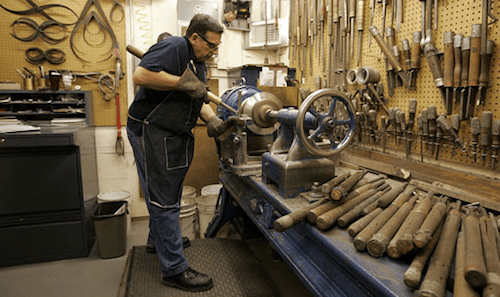
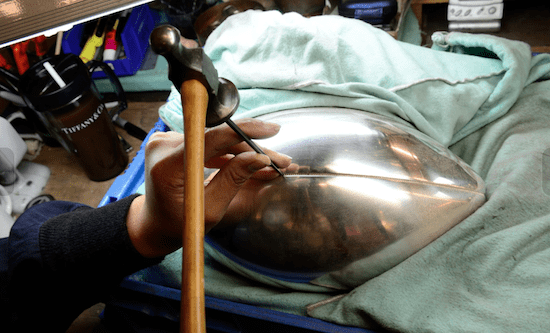
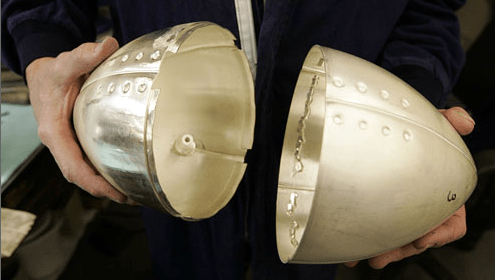

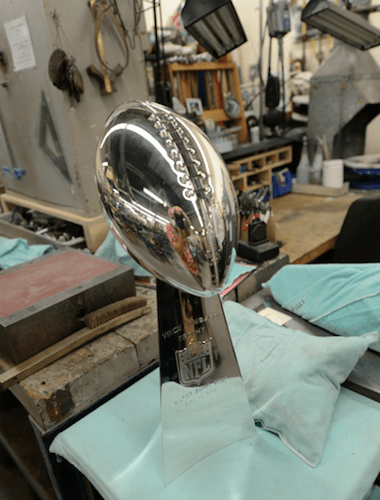




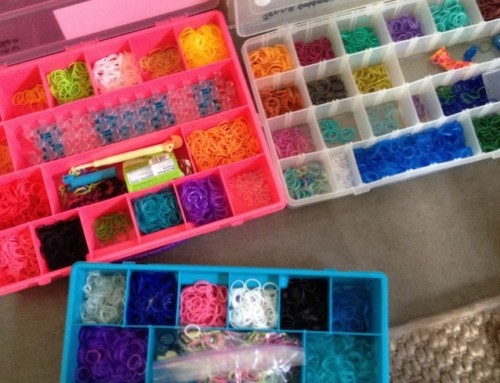
Leave A Comment